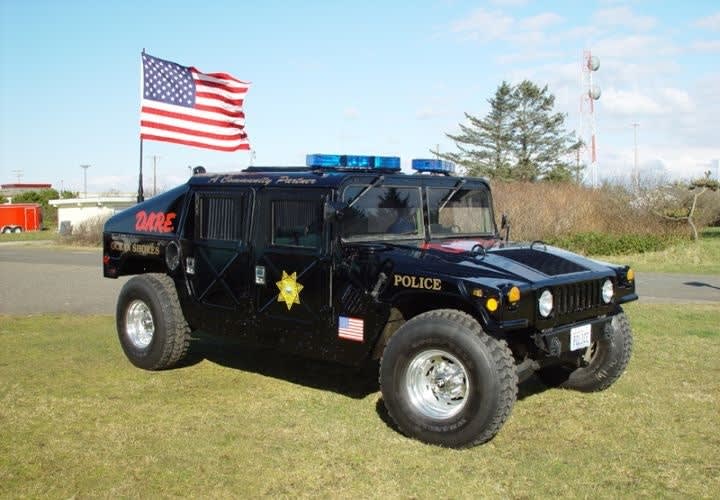Sgt. Gibson takes requests from California agencies, and acts as the go-between to the feds for the program.
Vehicles given out to agencies have included a range of different configurations of HMMWV (high mobility multi-purpose wheeled vehicle), a Volvo bobtail truck, Zodiac boats, King Air C12 fixed-wing aircraft, an MRAP (Mine Resistant Ambush Protected) armored truck, semi-tractor trailer, and a Light Armored Vehicle (LAV).
Prior to the massive flooding in the Nashville area in 2010, the Nashville PD had acquired 12 Zodiac boats and three triple-rack trailers to store and move them. After repairs were completed and scrap parts were taken from several of the boats, the police department and the city's fire department had nine operational craft at the time of the flooding in early May of 2010.
Led by Lt. Steve Lewis, Nashville officers used the 15-foot inflatable F470 Zodiac boats to rescue almost 500 people in the first 72 hours of the flooding. People were rescued from second stories of buildings, from vehicles and other places where they were stranded. Two boats were sacrificed in the floods, and the agency now operates five, alongside two still in use by the fire department.
The Nashville PD has also acquired an armored car, and several OH-58 and OH-6 Bell helicopters to complement an active aviation unit.












